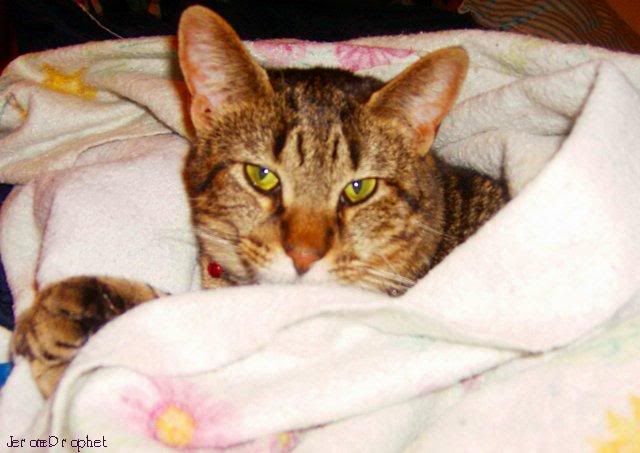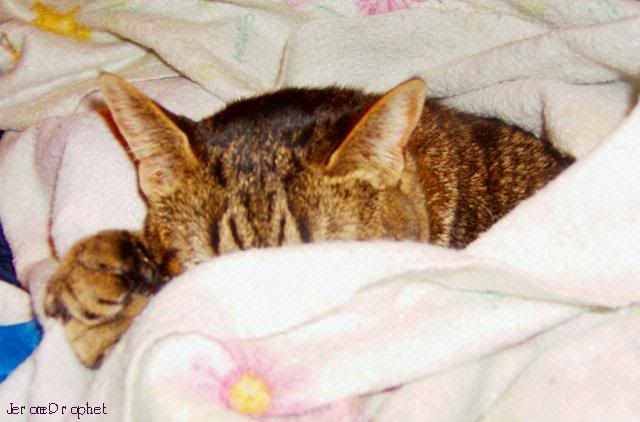Summary of Previous Weather Modification PostingsIn several of my previous post I proposed that thunder plays a significant role in triggering rain events. I argued that shock waves (e.g., thunder) which radiate from the paths of particle beams (e.g., lightning) can initiate condensation events within clouds resulting in precipitation - in other words thunder can cause it to rain.
I also speculated upon the possibility that the relationship between thunder, and rainfall could be exploited via a weather modification program.
I argued that the technical means exist to develop a weather modification program, and that any such program would necessarily include both weather modification technologies, and the various methodologies of employing those technologies. A variety of important weapons, and techniques could be developed under the umbrella of a covert weather modification program.
I argued that triggered lightning results in triggered thunder which in turn results in triggered precipitation.
I also concluded that any government involved in the development, and deployment of such a program would desire to keep such a program in a covert phase for as long a period as possible.
Keeping a weather modification program covert offers the chief advantage of denying public and scientific debate regarding the merits of such a programl.
I argued that other nation's intelligence agencies would be able to detect the existence of an operational weather modification program, and therefore the chief motivation for maintaining the covert phase of such a program would bo hinder public debate over the cost, and risk of operating a weather modification program.
Turning Night Into Day One Second at A TimeDuring World War II, prior to Allied aerial bombing runs, air reconnescence missions were deployed over potential bombing sites. Collecting target information (photography) was a crucial first step in planning a successful mission.
At that time satellites did not exist, and these aerial "recon" missions were the primary means of collecting such important information within NAZI occupied Europe.
One aspect of collecting photographic reconnesance that hindered the U.S. military was poor weather, while another was the darkness of night. Today infrared photography, and look down radar allow imaging of ground conditions even in poor weather conditions, and at night.
During World War II Phosphorous flares were hung from parachutes, and tossed out of air recon aircraft. The flares emitted a very bright light thus illuminating the ground below until the parachute finally landed. The use of these flares helped light up the ground below thus allowing night time recon missions to push back the night to some degree.
One group of weapons developers led by E.G. Eggerton, the man who developed the strobe light, realized that strobes could be developed which would produce much more light than any flare. Strobes had the advantage of allowing the recon aircraft to fly at higher and therefore safer altitudes, while obtaining better artificially illuminated night time photographs.
At the end of World War II any programs related to the collection of air reconnescence remained classified as the victors found themselves embroiled in the Cold War, and thus darkness, and secrecy befell the powerful strobes developed for air recon missions.
In a nuclear age delivery of nuclear weapons would depend upon precise targeting, and therefore collection of accurate target information.
With the development of intercontinental ballistic missiles, satellites, radar, infrared film, and eventually digital imaging chips (CCDs) the age of the strobe would seem as distantly removed into history as the flare, but is it?
Stay tuned for my next post on this subject.
Mission Possible - Covert Strobe
Dedicated to Jan!



